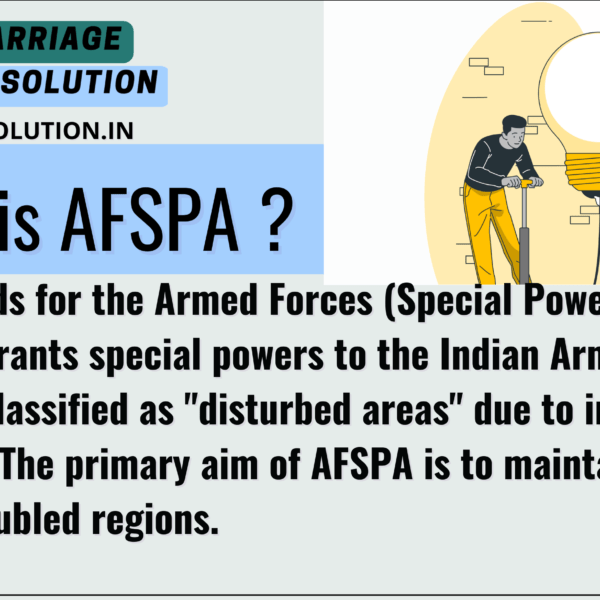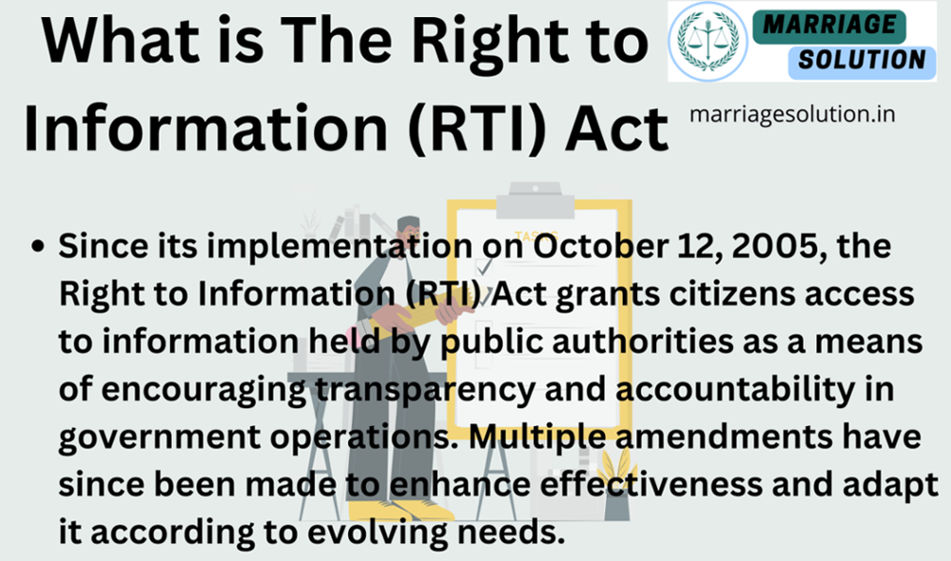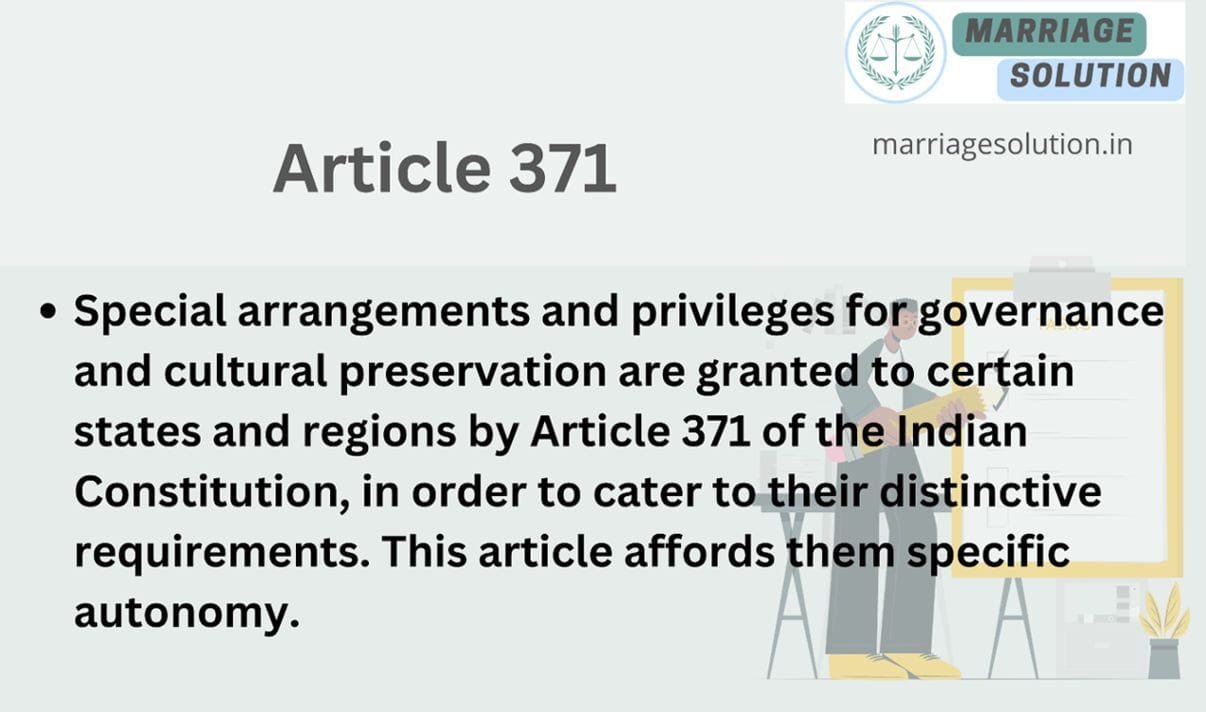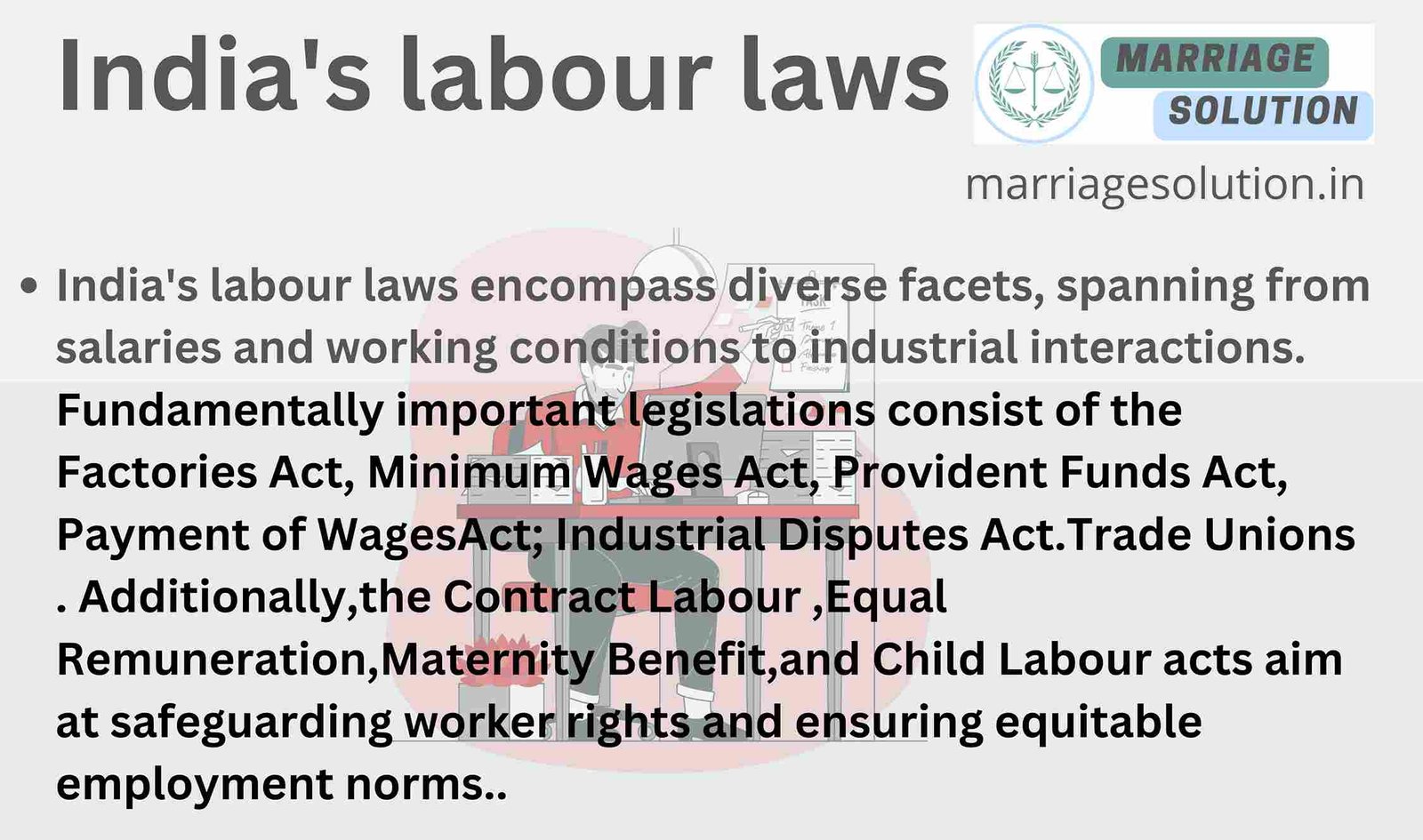Introduction of 160 IPC
IPC 160 deals with the offense of affray, which refers to a public fight between two or more people that disturbs public peace. The law is meant to prevent violence in public places and ensure the safety of citizens. If individuals engage in a fight that causes fear, panic, or disruption in a public area, they can be punished under this section. The law applies to both participants of the fight, as both are responsible for disturbing public order.
- Introduction of 160 IPC
- What is IPC Section 160 ?
- IPC Section 160 Overview
- IPC 160 Punishment
- 160 IPC bailable or not ?
- Section 160 IPC case laws
- Section 160 IPC in short information
- 160 IPC FAQs
- If you need support with court proceedings or any other legal matters, don’t hesitate to reach out for assistance.
What is IPC Section 160 ?
IPC 160 is a legal provision that punishes individuals who engage in public fighting or create disturbances that breach the peace. It covers a range of disruptive behaviors in public spaces, aiming to maintain social harmony and public order.
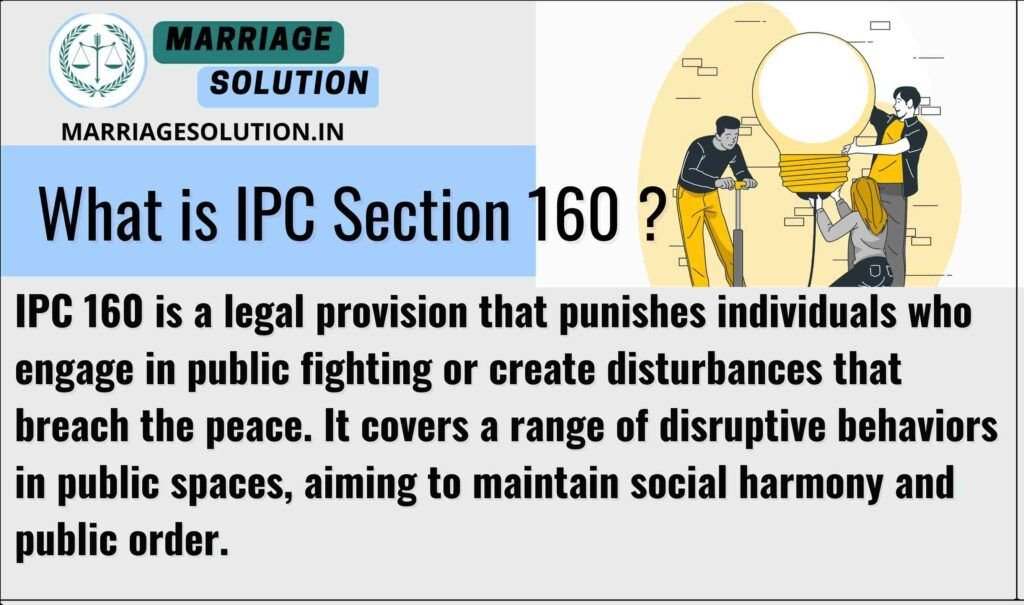
Section 160 IPC in Simple Points
1. Meaning of Affray
IPC Section 160 defines affray as a fight between two or more people in a public place that causes disturbance to the public. This means that if a fight happens in an open area where common people are affected, it is considered an affray. The law ensures that such public fights are controlled so that peace is maintained.
2. Affray Must Happen in a Public Place
For an incident to be called affray, it must take place in a public area like a street, market, railway station, or park. If a fight happens inside a private home or office and does not disturb the public, it is not considered an affray. The main focus of this law is to protect public peace and order.
3. Minimum Two People Must Be Involved
An affray happens when at least two people are involved in a fight. If only one person is attacking another who is not fighting back, it is not affray but assault. Both participants must be actively fighting in a way that disturbs people around them. The law punishes both individuals equally, as they are responsible for the disturbance.
4. Punishment for Affray Under IPC 160
The punishment for affray includes:
- Imprisonment of up to one month.
- Fine of up to ₹200.
- Both imprisonment and fine, depending on the severity of the case.
Even though the punishment is light, it serves as a warning to prevent people from engaging in public fights. Repeated offenses can result in stricter legal action.
5. Importance of IPC 160 in Society
The main goal of IPC 160 is to maintain public order and prevent violence in public places. If street fights are not controlled, they can turn into riots and disturb daily life. This law ensures that people act responsibly in public and resolve conflicts peacefully. It helps the police take quick action and stop fights before they become serious crimes.
IPC Section 160 Overview
IPC Section 160 makes it a punishable offense to engage in a physical fight or brawl in a public place that affects the peace of others. It ensures that such violent acts are controlled and that people do not feel unsafe in public spaces. The law discourages street fights, road rage incidents, and marketplace brawls by imposing penalties on those involved.
1. Definition of Affray
IPC Section 160 defines affray as a situation where two or more people engage in a fight in a public place, disturbing public peace. The law ensures that such violent actions, which cause panic or disruption in society, are controlled and punished. Any fight that occurs in private spaces, such as homes or offices, does not fall under this section.
2. Importance of Public Disturbance
For an incident to be considered affray, it must happen in a public place and cause disturbance to people around. If a fight happens in a private setting and does not affect public order, it is not classified as affray under IPC 160. Public places include markets, streets, railway stations, shopping malls, and parks, where a fight can disrupt the daily lives of citizens.
3. Minimum Number of Participants
For a fight to be called an affray, at least two people must be involved. If a person attacks another and the other person does not retaliate, it might be treated as an assault instead. IPC 160 specifically covers situations where multiple individuals actively participate in a violent altercation that disturbs public peace.
4. Types of Actions Covered Under Affray
Affray does not only mean physical fighting; it can include pushing, hitting, throwing objects, or using weapons. Even if no serious injury occurs, if the act creates panic in a public place, it is considered affray. The intent and actions of those involved determine the severity of the offense.
5. Examples of Affray
Common examples of affray include:
- A street fight between two individuals over an argument.
- A gang fight in a public park or open ground.
- A violent altercation during a political rally that disturbs public peace.
- A brawl in a market where shopkeepers and customers are affected.
6. Legal Consequences of Affray
Being involved in an affray is a criminal offense and can lead to arrest and punishment. The police have the authority to detain those involved in the fight immediately. The case is then processed through legal proceedings, where the court determines the level of punishment based on the severity of the disturbance caused.
7. Punishment Under IPC 160
The punishment for affray under IPC 160 includes:
- Imprisonment – Up to one month.
- Fine – Up to ₹200.
- Both imprisonment and fine, depending on the seriousness of the case.
Although the punishment may seem light, repeated offenses or cases that involve severe public disorder may result in stricter penalties under other IPC sections.
8. Role of Police and Investigation
Police officers play a crucial role in maintaining public peace and order. When an affray occurs, they investigate the incident, collect evidence, and take statements from witnesses. CCTV footage, eyewitness accounts, and police reports are key pieces of evidence in proving an affray case in court. The police must also ensure that innocent bystanders are not falsely accused.
9. Affray vs. Other Crimes (Assault, Rioting, and Unlawful Assembly)
Affray is different from assault, rioting, and unlawful assembly:
- Assault – A single person attacking another is assault, not affray.
- Rioting – A group of five or more people engaging in violence is considered rioting (IPC 146-147).
- Unlawful Assembly – A gathering of people with the intent to cause trouble is covered under IPC 141.
Affray is only applicable when two or more people fight in public and cause a disturbance.
10. Purpose of IPC 160 in Society
The main objective of IPC 160 is to maintain public peace and prevent disorder. If fights in public places are left unchecked, they can create panic and encourage further violence. This law ensures that people think twice before engaging in fights in public areas. It helps police officers take quick action against public disturbances and maintain law and order.
Examples of IPC 160
Example 1: Street Fight Over Parking
Two individuals argue over a parking spot in a crowded market. The argument turns into a physical fight, with both pushing and hitting each other. The fight disturbs shoppers and causes panic in the area. Since it is a public fight affecting peace, they can be charged under IPC 160.
Example 2: Brawl Outside a Stadium
After a heated football match, fans from two rival teams start fighting outside the stadium. The fight escalates, and people nearby feel threatened and scared. The police intervene and charge the individuals involved under IPC 160 for disturbing public order.
IPC 160 Punishment
IPC 160 Punishment and Fine
- Can be punished with imprisonment for up to one month
- Or a fine which may extend to two hundred rupees
- Or both imprisonment and fine, depending on the case

160 IPC bailable or not ?
IPC 160 is a bailable offense. This means if someone is arrested under this section, they have the right to be released on bail. The police can grant bail at the station itself, without needing a court order. However, being bailable doesn’t mean automatic release. The accused may need to provide a bond or surety, and the police can set conditions for the bail, such as regular check-ins at the police station.
Section 160 IPC case laws
1. State of Gujarat v. Mukesh Patel (1980)
- Summary: Involved in a public fight at a market.
- Details: Eyewitnesses and police reports were key evidence.
- Verdict: Guilty under IPC 160.
- Significance: Highlighted the importance of maintaining public peace.
2. State of Maharashtra v. Rahul Sharma (1985)
- Summary: Brawl at a public event.
- Details: Video evidence and testimonies were critical.
- Verdict: Guilty under IPC 160.
- Significance: Emphasized the role of clear evidence in convictions.
3. State of Rajasthan v. Manoj Yadav (1990)
- Summary: Street fight causing public disturbance.
- Details: Police intervention and witness statements were used.
- Verdict: Guilty under IPC 160.
- Significance: Reinforced the legal consequences of public fights.
4. State of Punjab v. Harpreet Singh (1995)
- Summary: Fight at a public park.
- Details: Statements from bystanders and police officers.
- Verdict: Guilty under IPC 160.
- Significance: Stressed the impact of fights in public places.
5. State of Haryana v. Suresh Kumar (2000)
- Summary: Altercation in a public transport.
- Details: Testimonies from passengers and the driver.
- Verdict: Guilty under IPC 160.
- Significance: Highlighted the importance of public safety.
6. State of Uttar Pradesh v. Ramesh Tiwari (2005)
- Summary: Fight outside a shopping complex.
- Details: CCTV footage and eyewitness accounts.
- Verdict: Guilty under IPC 160.
- Significance: Showed the role of modern technology in evidence.
7. State of Bihar v. Anil Kumar (2010)
- Summary: Clash during a public demonstration.
- Details: Media footage and participant statements.
- Verdict: Guilty under IPC 160.
- Significance: Emphasized maintaining order during public gatherings.
8. State of Karnataka v. Rajesh Singh (2015)
- Summary: Public brawl at a festival.
- Details: Witness testimonies and police reports.
- Verdict: Guilty under IPC 160.
- Significance: Reinforced the need for public decorum.
9. State of Tamil Nadu v. Karthik Raj (2018)
- Summary: Fight in a public playground.
- Details: Statements from children and parents present.
- Verdict: Guilty under IPC 160.
- Significance: Highlighted the importance of public peace in community areas.
10. State of Andhra Pradesh v. Srinivas Rao (2020)
- Summary: Violent altercation in a public square.
- Details: Eyewitness accounts and police records.
- Verdict: Guilty under IPC 160.
- Significance: Showed the consequences of disrupting public peace.
Section 160 IPC in short information
| IPC Section | Offense | Punishment | Bailable/Non-Bailable | Cognizable/Non-Cognizable | Trial By |
|---|---|---|---|---|---|
| IPC 160 | Committing affray (public fight that disturbs peace) | Imprisonment up to 1 month, or fine up to ₹200, or both | Bailable | Non-Cognizable | Magistrate |
160 IPC FAQs
What constitutes an affray under IPC 160?
An affray is a public fight between two or more people that causes a disturbance to public peace.
Can a private fight be considered an affray?
No, a fight must occur in a public place and disturb public peace to be considered an affray.
Is the number of participants important in an affray?
Yes, at least two people must be involved in the fight for it to be considered an affray.
Can other charges be added to an affray?
Yes, an affray can lead to additional charges if it causes injury, property damage, or further criminal activity.
If you need support with court proceedings or any other legal matters, don’t hesitate to reach out for assistance.
Court or any other marriage-related issues, our https://marriagesolution.in/lawyer-help-1/ website may prove helpful. By completing our enquiry form and submitting it online, we can provide customized guidance to navigate through the process effectively. Don’t hesitate to contact us for personalized solutions; we are here to assist you whenever necessary!
Right to Information RTI act :Your Comprehensive Guide (Part 1)
The Right to Information (RTI) Act : Explore the essence of the Right to Information (RTI) Act through this symbolic image. The image features legal documents, emphasizing the importance of transparency and accountability in governance. The scales of justice represent…
What is Article 371 of Indian Constitution ?
Article 371 of the Indian Constitution grants special provisions to specific states and regions within India, addressing their unique historical, social, and cultural circumstances. These provisions aim to accommodate diverse needs and protect cultural identities within the constitutional framework.
Indian Labour law : Your Comprehensive Guide (Part 1)
The purpose of labour laws is to safeguard employees and guarantee equitable treatment at the workplace, encompassing aspects such as remuneration, security, and perks. These regulations establish a secure ambiance by imposing minimum wage requirements, ensuring factory safety measures are…
GST :Your Comprehensive Guide (Part 1 – Understanding the Basics)
The Goods and Services Tax (GST) is like a big change in how we pay taxes in India. It started on July 1, 2017, and it’s here to simplify things. Before GST, we had many different taxes, and it could…

